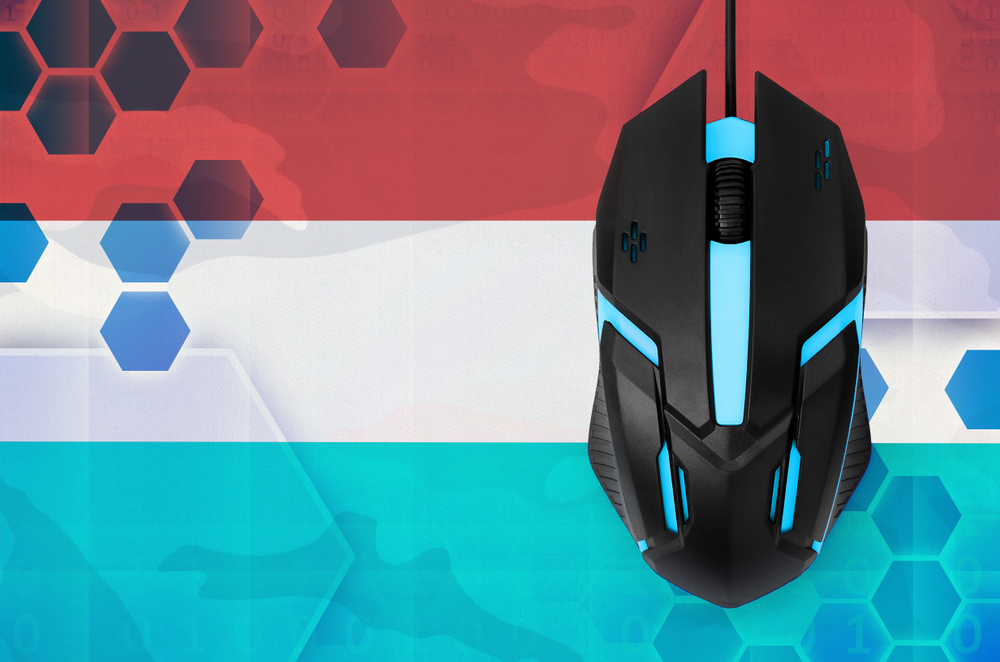
Smart medicine: How high-performance connectivity is transforming healthcare for the country and its people
Scroll
Healthcare is undoubtedly undergoing a fundamental transformation. Digitalisation has become a key game changer, offering long-term, intelligent solutions to pressing technological and social challenges. To ensure that future-proof solutions reach patients, medical professionals must have access to reliable connectivity.
Scroll
Connected medicine kicked into high gear in spring 2020 during the Covid-19 pandemic. Digital innovations in life sciences, developed over previous years, suddenly became indispensable – sometimes even lifesaving. This shift occurred not only because the healthcare system became the backbone of the society, but also, and more importantly, due to the need for safe patient care in times of quarantine and contact restrictions. Necessity drove innovation, and urgent medical demands quickly transformed theoretical concepts into real-world applications – including in Luxembourg.
Since the pandemic: Real-time counselling and remote diagnosis
During the pandemic, the Laboratoire National de Santé (LNS) set an important precedent. The National Center of Genetics located at LNS transitioned its genetics consultations from in-person meetings to video conferencing within just a few days. What might seem ordinary today was a groundbreaking shift at the time, especially given the uncertainty of whether patients and their families would feel comfortable discussing serious health concerns in a virtual setting. Yet, they did.
Another advancement of connected medicine was also introduced during the pandemic with the help of the LNS. Images of tissue taken during selected procedures are now transmitted in real time to the pathologists, who analyse them directly using a virtual microscope. This innovation helps bridge the significant geographical distances between hospitals in northern Luxembourg and the Dudelange-based laboratory, reducing waiting times and improving efficiency.
AI- and VR-based solutions: Ongoing rapid development in telemedicine
The above-mentioned approaches are two fine applications of telemedicine, which have consistently yielded innovative advancements worldwide. Anyone who attends medical trade fairs such as Medica in Düsseldorf, whether as a layperson or a health professional, will be impressed by the remarkable leap in medical technology currently underway. For example, the Italian company Teoresi, is developing AI-based solutions that enable remote rehabilitation sessions. These solutions allow the doctor connected to the system to give the patient direct feedback with the help of the integrated smart technology.
An R&D project initiated by the Luxembourg Kompetenzzenter fir den Alter (www.gero.lu) in cooperation with the German Hochschule Kaiserslautern also operates at the real-time human/machine interface. In this project, creative VR elements “trigger” data-driven neuro-feedback that enables the therapist – who is again connected – to respond directly to the patient.
Quality of patient care and everyday life: the importance of high-level
Regardless of its form, the successful implementation of telemedicine relies on high-level connectivity. This is true for remote therapies and diagnoses, as well as to the numerous so-called wearables. These devices, which include textiles or accessories equipped with sensors, record patient data in everyday situations and transmit it to medical professionals online.
When a high-performance Internet infrastructure is available, such innovations can help address numerous challenges in basic medical care- from the shortage of doctors in rural areas, to the equally pressing shortage of staff in retirement and nursing homes, to the complex, time-consuming and costly nature of patient transport. Ultimately, high connectivity improves the quality of patient care while also enhancing their autonomy and quality of life.

